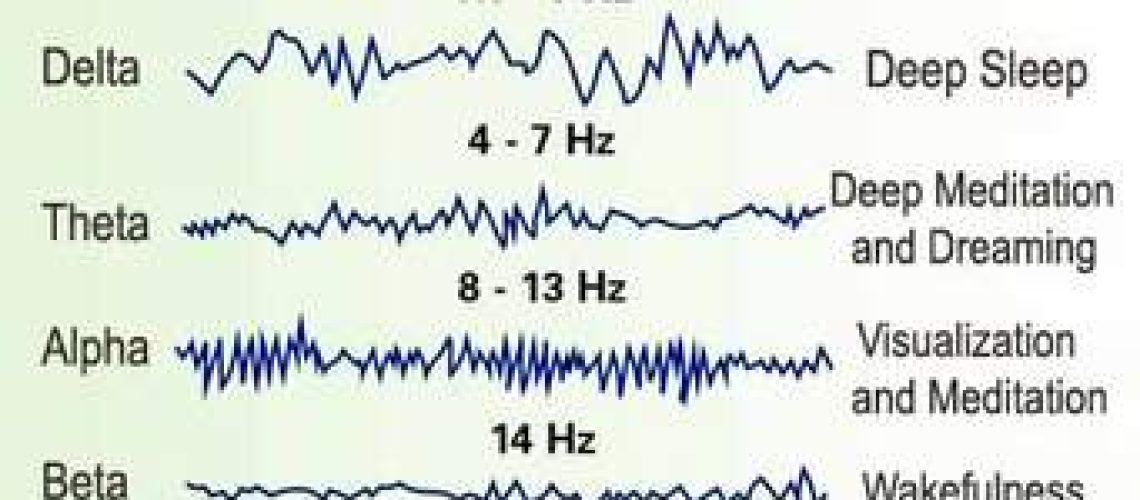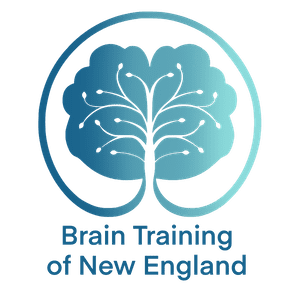Four simple periodic rhythms recorded in the EEG are alpha, beta, delta, and theta. These rhythms are identified by frequency (Hz or cycles/sec) and amplitude. The amplitudes recorded by scalp electrodes are in the range of microvolts (μV or 1/1,000,000 of a volt).
| rhythm | Freq (Hz) | Amp(μV) |
| alpha | 8-13 | 20-200 |
| beta | 13-30 | 5-10 |
| delta | 1-5 | 20-200 |
| theta | 4-8 | 10 |
Alpha: The four basic rhythms have been associated with various states. In general, the alpha rhythm is the prominent EEG wave pattern of an adult who is awake but relaxed with eyes closed. Each region of the brain had a characteristic alpha rhythm but alpha waves of the greatest amplitude are recorded from the occipital and parietal regions of the cerebral cortex. In general, amplitudes of alpha waves diminish when subjects open their eyes and are attentive to external stimuli although some subjects trained in relaxation techniques can maintain high alpha amplitudes even with their eyes open.
Beta: Beta rhythms occur in individuals who are alert and attentive to external stimuli or exert specific mental effort, or paradoxically, beta rhythms also occur during deep sleep, REM (Rapid Eye Movement) sleep when the eyes switch back and forth. This does not mean that there is less electrical activity, rather that the “positive” and “negative” activities are starting to counterbalance so that the sum of the electrical activity is less. Thus, instead of getting the wave-like synchronized pattern of alpha waves, desynchronization or alpha block occurs. So, the beta wave represents arousal of the cortex to a higher state of alertness or tension. It may also be associated with “remembering” or retrieving memories.
Delta and Theta: Delta and theta rhythms are low-frequency EEG patterns that increase during sleep in the normal adult. As people move from lighter to deeper stages of sleep (prior to REM sleep), the occurrence of alpha waves diminish and is gradually replaced by the lower frequency theta and then delta frequency rhythms.
Although delta and theta rhythms are generally prominent during sleep, there are cases when delta and theta rhythms are recorded from individuals who are awake. For example, theta waves will occur for brief intervals during emotional responses to frustrating events or situations. Delta waves may increase during difficult mental activities requiring concentration. In general, the occurrence and amplitudes of delta and theta rhythms are highly variable within and between individuals.




